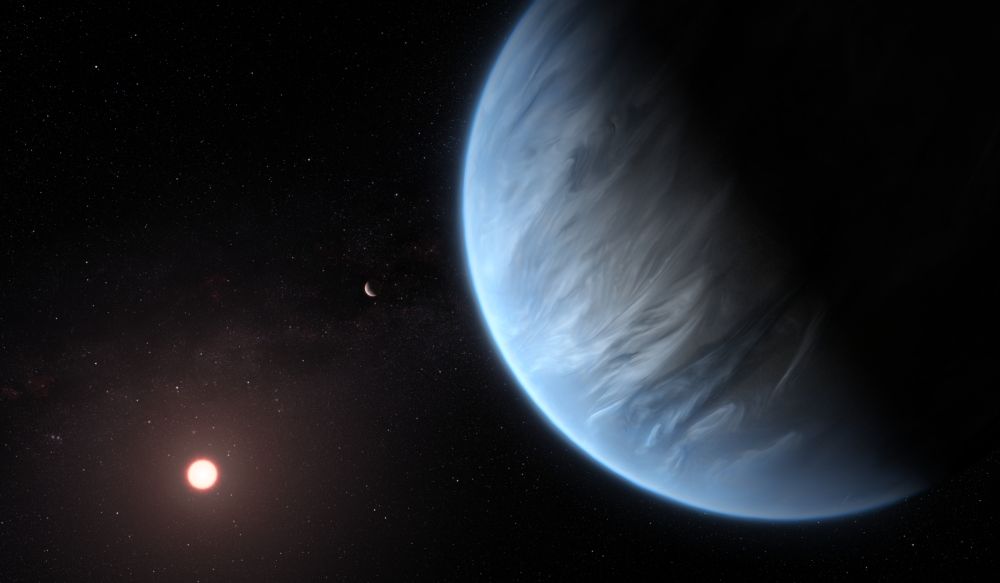The new exoplanet that was found in a research by scientists of the University of California Riverside along with Keck observatory astronomers in Hawaii has propounded that the planet is 50 percent bigger than the Earth and also is three times its mass.
We are often flummoxed by the fact that in this colossal universe we are just alone and there seem to be no other worlds existing that can be our counterparts in space. Mysterious occurrences across the ambit of space and galaxy that can come under the curious gaze of human beings usually make perplexing headlines in our world. In a recent study published in The Astronomical Journal – a new hot and rocky super-Earth has been discovered orbiting one of the oldest stars in the galaxy.
The New Exoplanet
The new exoplanet that was found in the research by scientists of the University of California Riverside along with Keck observatory astronomers in Hawaii has propounded that the planet is 50 percent bigger than the Earth and also poses three times its mass. The planet has been named TOI-561b and reportedly takes 12 hours to orbit its star. This means that during a single day on the Earth, this exoplanet orbits twice its star.
Pertaining to its proximity with its star, the planet TOI-561b has sweltering hot temperatures that remain as high as 1,726 degrees Celsius but the density of the planet, more or less, is the same as that of the Earth. Moreover, astronomers also hint that the planet might be extremely old and estimate that it could have formed 10 billion years ago. This further substantiates that the older the planet, the less dense it tends to be.
NASA’s statement on the discovery
Following the discovery of this new plant NASA on Instagram said in a statement that after a hefty hunt of about 11 years, a planet that is seemingly orbiting three stars has been discovered using NASA Goddard TESS mission.
Furthermore, many scientists have also claimed that since this planet is more than a billion years old along with being rocky, that’s why it does shed some light on the fact that the universe has been forming rocky planets since its beginning, around 14 billion years ago.
This exoplanet’s star around which the planet orbits is part of the group of stars called a galactic thick disc. These stars have the composition of few planet-building elements such as magnesium and iron. Scientists have been emphasising the composition of such planets as it helps them in understanding the nature of these rocky planets along with the habitability of these planets.
Astronomers are also optimistic in the long run that such planets may open the Pandora box for many rocky planets that would be discovered in the future.

